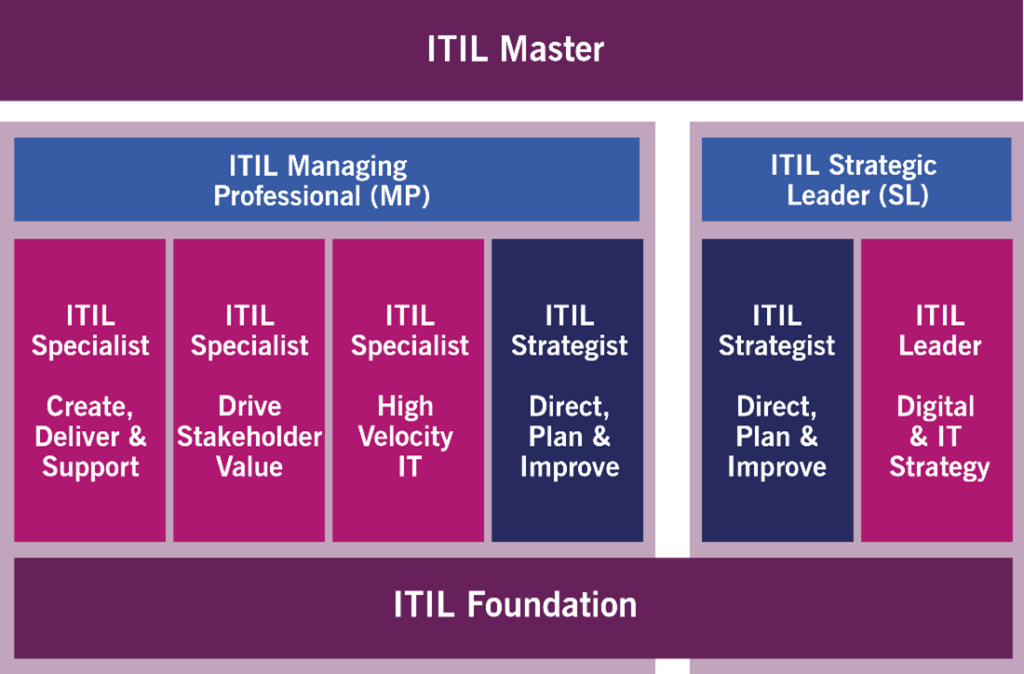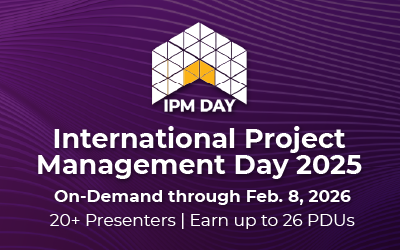By Sophie Hussey and Georgina Otubela
March 6, 2024
Why ITIL, and what’s in it for you?

If you are new to the framework or are seeking to reaffirm your knowledge, one of the best places to start within the SVS is the guiding principles. These principles underpin the framework and are a key area that can be applied to any function or department in an organisation. The guiding principles are:
| Guiding Principle | Translates As | |
| Focus on value | = | Keep your attention on what is important |
| Start where you are | = | Keep grounded and start from a realistic base |
| Progress iteratively with feedback | = | Keep evolving, taking it step-by-step and allowing others to provide input |
| Collaborate and promote visibility | = | Include your stakeholders, keeping people informed on the journey |
| Think and work holistically | = | Avoid working in isolation and remember the bigger picture such as the organisational goals |
| Keep it simple and practical | = | Complexity doesn’t always mean better – start with the basics with an aim for efficiency & effectiveness |
| Optimise and automate | = | Use the tools available, work smarter not harder |
Let’s talk about value.
- Customer satisfaction and experience
- Productivity
- Mean time between failures
- Mean time to resolve.
- Volume and duration of major incidents
- Volume of failed changes
How does ITIL work?
Imagine you’re making dinner for a special occasion – you will need recipes, ingredients, pots and pans, plates and cutlery, a stove, and potentially a blender or other kitchen appliances, as well as having time, resources, and a level of skill to make everything. The ideal outcome is a 3-course meal, all made to perfection and served on time.
To bring the analogy to life with ITIL, to deliver effective and valuable services you need all the component parts of the service value system (including the practices like incident management, change enablement) to make it happen. ITIL is a best practice framework which you can adopt and adapt so that it works effectively in your organisation. You can cherry pick from it, selecting the key approaches and practices that will provide value when delivering services.
In the foundation course and book, the entirety of the framework is explained to give content to the learner of what ITIL is, why it is important and how to apply its principles.
Can it support career progression?
What is the certification path to an ITIL Master?

Can ITIL apply outside of a technology function?
While ITIL is primarily associated with the Information Technology sector, it also places a strong focus on service management, particularly highlighting the guiding principle “think and work holistically” which supports an inclusive approach delivering value to customers through clear services. The framework also supports digital change helping businesses deliver services that directly meet the changing requirements of their customers, ensuring digital projects are in line with customer satisfaction. This approach benefits organisations, promoting operational excellence and bringing about improved proactive risk management and service resilience.
Do you need to apply the ITIL framework in its entirety for successful delivery? In short, no. ITIL is a framework that you can apply and tailor to your organisation; there is no one size fits all approach. Continual improvement is the key. You may choose not to adopt certain aspects; those that you do adopt will continue to mature as you refine your internal processes and governance. When implemented using a tailored approach in collaboration with the business, ITIL can support the delivery of best-in-class services.
Disclaimer: The ideas, views, and opinions expressed in this article are those of the author(s) and do not necessarily reflect the views of International Institute for Learning or any entities they represent.





